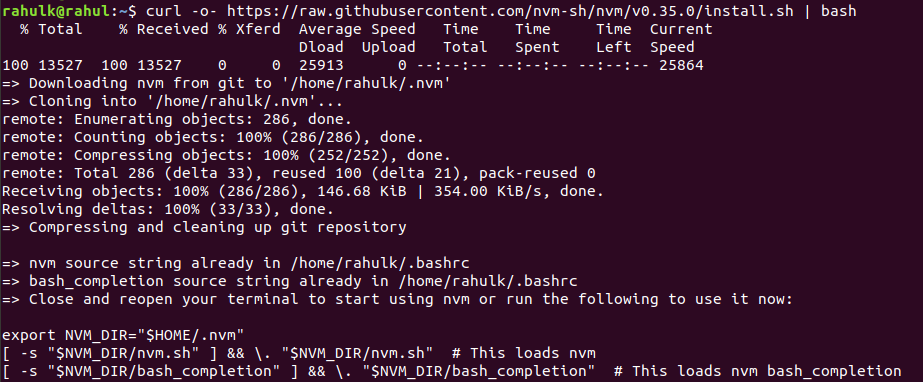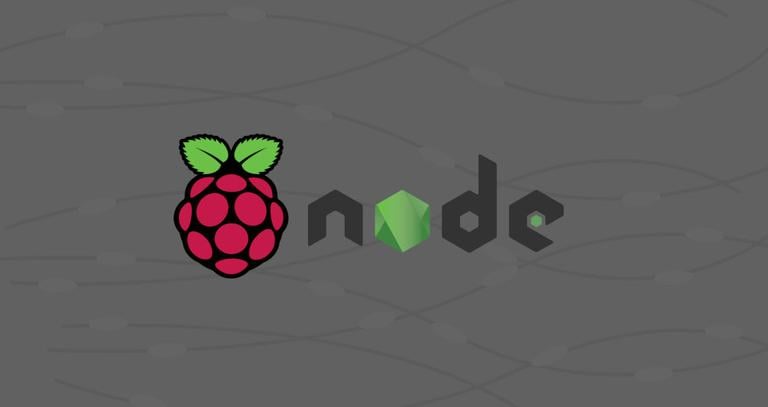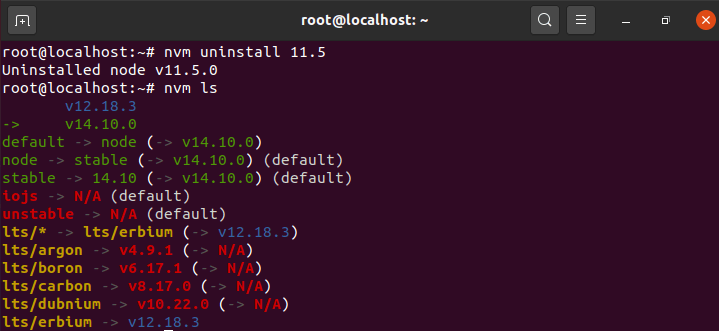

- Nvm install node version 4 how to#
- Nvm install node version 4 full#
- Nvm install node version 4 software#
- Nvm install node version 4 download#
Whenever you download a new version, it replaces the previous one that was in use. This downloads version 12.22.7 from the source and installs it at the time of using 12.22.7, the npm version is 6.14.15. If we want to install version 12.22.7, we simply run nvm install 12.22.7: Running nvm install node installs the latest Node version available at the time. To find the list of available Node versions: nvm ls-remote This is done by running nvm install -lts, which produces the below screen:Īfter this installs, it will automatically set the default Node version to the LTS that we just downloaded.įor this tutorial, we want three Node versions running on our machine. Let’s start by installing the latest LTS version, which is version 16.13.0 at the time of writing this article. To install a Node version, simply run the following command: nvm install. Now, let’s install and manage multiple Node versions. "$NVM_DIR/nvm.sh" # This loads nvmĪfter that, exit the terminal and reopen it.

In my case, I’m using ~/.bashrc: //source line addedĮxport NVM_DIR="$([ -z "$/nvm")" This script downloads the entire NVM repository to ~/.nvm and adds the source lines from the snippet below to the correct shell startup script, that is, ~/.bash_profile, ~/.zshrc, ~/.profile, or ~/.bashrc, depending on the shell program you are using. Running the above command downloads a script and runs it. If for any reason, you do not have cURL installed on your machine, you can download it from this guide. To install NVM, run the following command on your terminal: curl -o- | bashĬURL comes with most Linux-based operating systems. However, since we are not installing Node directly, we’ll focus on using NVM.

Nvm install node version 4 how to#
It shows that nvm and node are not found and suggests how to install Node: Installing NVM and using it to install Node versions will work separately from the existing one. Installing NVMīefore installing NVM, you do not need a Node version installed on your machine, and, if you do have Node installed, it does not matter. So, to avoid the headache, let’s see how NVM works. Without NVM, I would not have been able to contribute to the project on the same machine without removing the existing version, which would have broken a lot, or cause dual booting, which can lower performance, especially on older machines. Personally, I have needed to contribute to a project that supports a Node version between 10.16 and 12 while my machine ran version 14 at the time.
Nvm install node version 4 full#
Click here to see the full demo with network requestsĮvery Node project also tends to have requirements of the version it supports. In this case, you want to switch back and forth between different Node versions, and the easiest way to do this is using a Node version manager. There are also instances when you could use a higher version of Node when a project specifically requires an older version.įor instance, you might use an SPFx application or an SPFx solution that uses Node LTS v14, but you are simultaneously working on another Node application like cli-microsoft356, which works on a higher Node version. You won’t be surprised that running npm install or yarn install to download the Node modules in this example displays errors regarding deprecated packages. However, while everything works perfectly well, a few months later a feature may need updating, and the machine used for development runs version 14 of Node. Why Node.js developers need NVMĭevelopers who work with Node often encounter this scenario: working with version 12 of Node while building a project, for example, and completing and hosting the project. This also means you can install multiple Node versions onto your machine at the same time and switch among them if needed. Think of it as npm or Yarn that helps manage Node packages, but instead of packages, NVM manages Node versions. Node Version Manager is a tool that helps us manage Node versions and is a convenient way to install Node. In this article, we’ll focus on Node.js and Node Version Manager (NVM), a tool that allows users to quickly install Node versions directly from the CLI and effortlessly switch between versions.
Nvm install node version 4 software#
As developers, working on multiple projects simultaneously is normal, but switching between different versions of software can become painstaking and annoying. When tech evolves, especially in development, versioning issues can arise. I love building stuff with great technology. Precious Luke Follow Open source crusader.


 0 kommentar(er)
0 kommentar(er)
